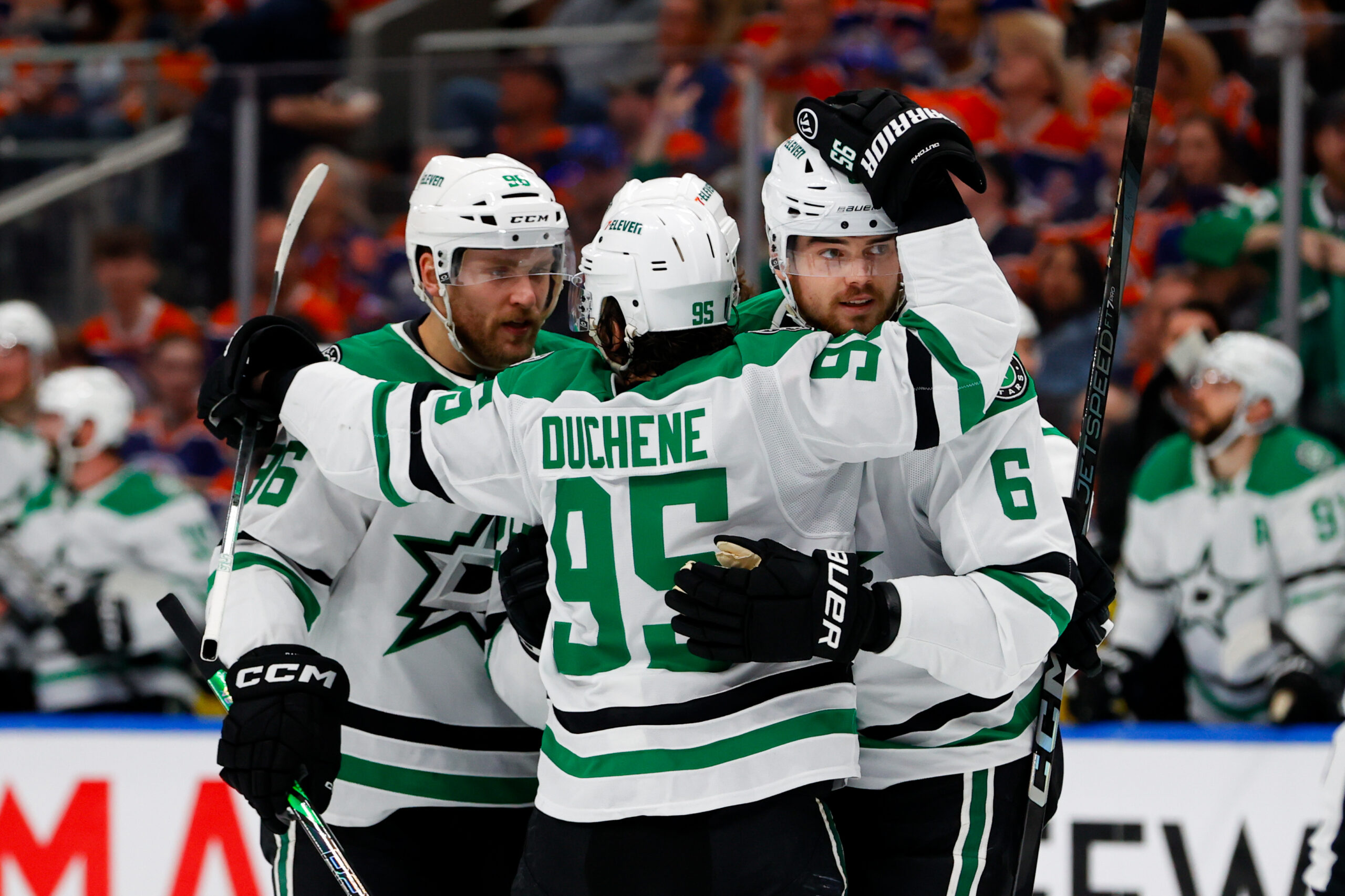

The Dallas Stars have made a series of moves recently that have left many observers scratching their heads, unsure of the team's exact direction. The most prominent of these moves involve the re-signing of Matt Duchene and the trade of Mason Marchment, actions that, when viewed together, send mixed signals about the Stars' strategy for the upcoming season and beyond.
On June 19, 2025, the Stars announced that they had signed Matt Duchene to a four-year contract extension worth $4.5 million per year. Duchene, who led the team in scoring with 82 points in 82 games this past season, has been a consistent offensive presence since joining Dallas. General Manager Jim Nill praised Duchene's on-ice performance and leadership qualities, emphasizing his seamless fit within the team. Retaining Duchene, especially after a productive season, appears to be a straightforward decision to maintain offensive firepower and veteran leadership.
However, less than 12 hours after the Duchene announcement, the Stars traded Mason Marchment to the Seattle Kraken in exchange for a 2026 third-round pick and a 2025 fourth-round pick. Marchment, who had one year remaining on his contract with a $4.5 million AAV, had found good chemistry with Duchene and Tyler Seguin, scoring 47 points in 62 games last season. Despite his offensive contributions, Marchment's frequent penalties and occasional reputation-based calls made him a somewhat polarizing figure.
Trading Marchment seems primarily motivated by the need to alleviate the cap space created by Duchene's extension. The Stars found themselves with limited financial flexibility, needing to re-sign key players like Jamie Benn and Mavrik Bourque while also addressing other roster needs. By trading Marchment, the Stars essentially swapped him for Duchene on the cap ledger, freeing up approximately $5 million in cap space before considering other potential moves.
The mixed signals arise when considering the players' respective values and roles. Duchene, at 34 years old, is being signed to a long-term deal, while Marchment, a capable power forward with one year left on his contract, was traded for draft picks. Some analysts view this as choosing a pending unrestricted free agent (UFA) over a player already under contract.
Several factors could explain this seemingly contradictory approach. First, the Stars may have prioritized Duchene's playmaking abilities and scoring touch, viewing him as a more crucial component of their offensive strategy. Second, Marchment's penalty issues and perceived inconsistency might have made him expendable in the eyes of the coaching staff and management. Third, the trade market for Marchment may have been stronger than anticipated, allowing the Stars to acquire valuable draft assets while simultaneously addressing their cap concerns. The Toronto Maple Leafs, for instance, were reportedly interested in acquiring Marchment.
Looking ahead, the Stars' moves suggest a continued focus on retooling their roster and maintaining financial flexibility. With the Duchene signing and Marchment trade, the Stars have approximately $5 million in cap space to work with, even before considering potential trades or buyouts of Matt Dumba and Ilya Lyubushkin.
Ultimately, the decisions surrounding Duchene and Marchment highlight the complex balancing act that NHL general managers face. While the moves may appear contradictory on the surface, they reflect a strategic effort to manage the salary cap, retain key players, and position the team for future success. Whether these moves will ultimately pay off remains to be seen, but they undoubtedly add intrigue to the Stars' offseason and raise questions about their long-term vision.